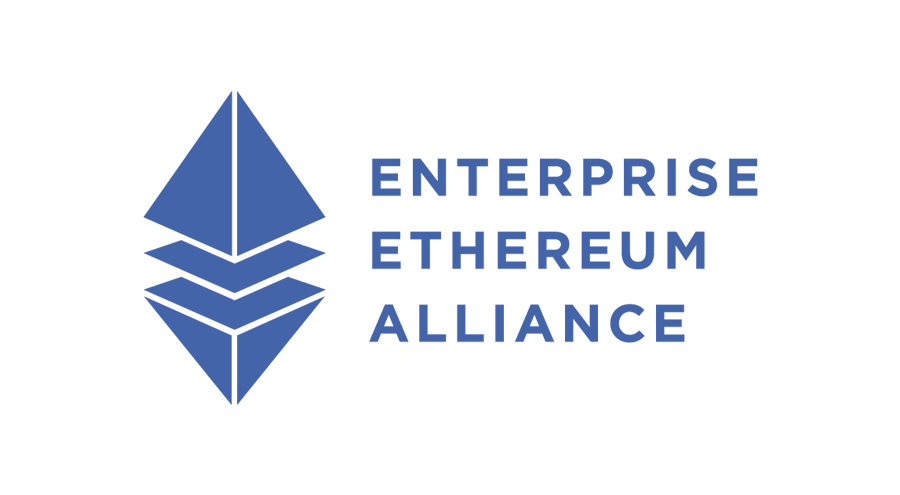Today, the Enterprise Ethereum Alliance (EEA) is pleased to release the Enterprise Ethereum Client Specification 1.0, providing organizations and the global development community a single, open-source, cross-platform standards-based framework to speed up business transactions, build a greater trust in contracts and create more efficient business models.
By replacing costly and ineffective multi-protocol propriety approaches, enterprises can begin developing new ways to create customer value across entire markets – from banking, law, and healthcare to advertising, communications and more.
Based on the Enterprise Ethereum Architecture Stack, this open, cross-platform distributed ledger framework will give rise to the next decentralized internet era, Web 3.0. Blockchain is so important that it is expected to exceed $3.1 trillion in business value-add by 2030, according to Gartner. Ethereum is already one of the broadest developer user bases worldwide, and the EEA Specification will make Ethereum applicable as a standards-based, enterprise-ready approach.
“The EEA’s Enterprise Ethereum Specification is the result of 18 months of intense collaboration between leading enterprise, technology and platform members within our technical committee. This EEA open-source, cross-platform framework will enable the mass adoption at a depth and breadth otherwise unachievable in individual corporate silos. With over 500 organizations as members, we anticipate great things in 2018 as EEA members work with the global development community to build, test and certify solutions to grow the ecosystem.”
By using the EEA Specification, Ethereum developers can write code that enables interoperability, motivating enterprise customers to select EEA specification-based solutions over proprietary offerings. By taking advantage of hybrid architectures, the EEA Specification provides insight into the future of scalability, privacy, and security – a single, interoperable, development framework for spanning both permissioned and public Ethereum networks. Additionally, the framework includes industry-specific application layers defined by the EEA Special Interest Groups to reduce contract and transaction costs and increase the number of new novel applications.
The EEA has plans to introduce a TestNet to further assure interoperability across member solutions. In addition, the EEA will oversee a members-only Certification Program that ensures solutions conform and interoperate with the standard, building confidence in an offering’s performance.
